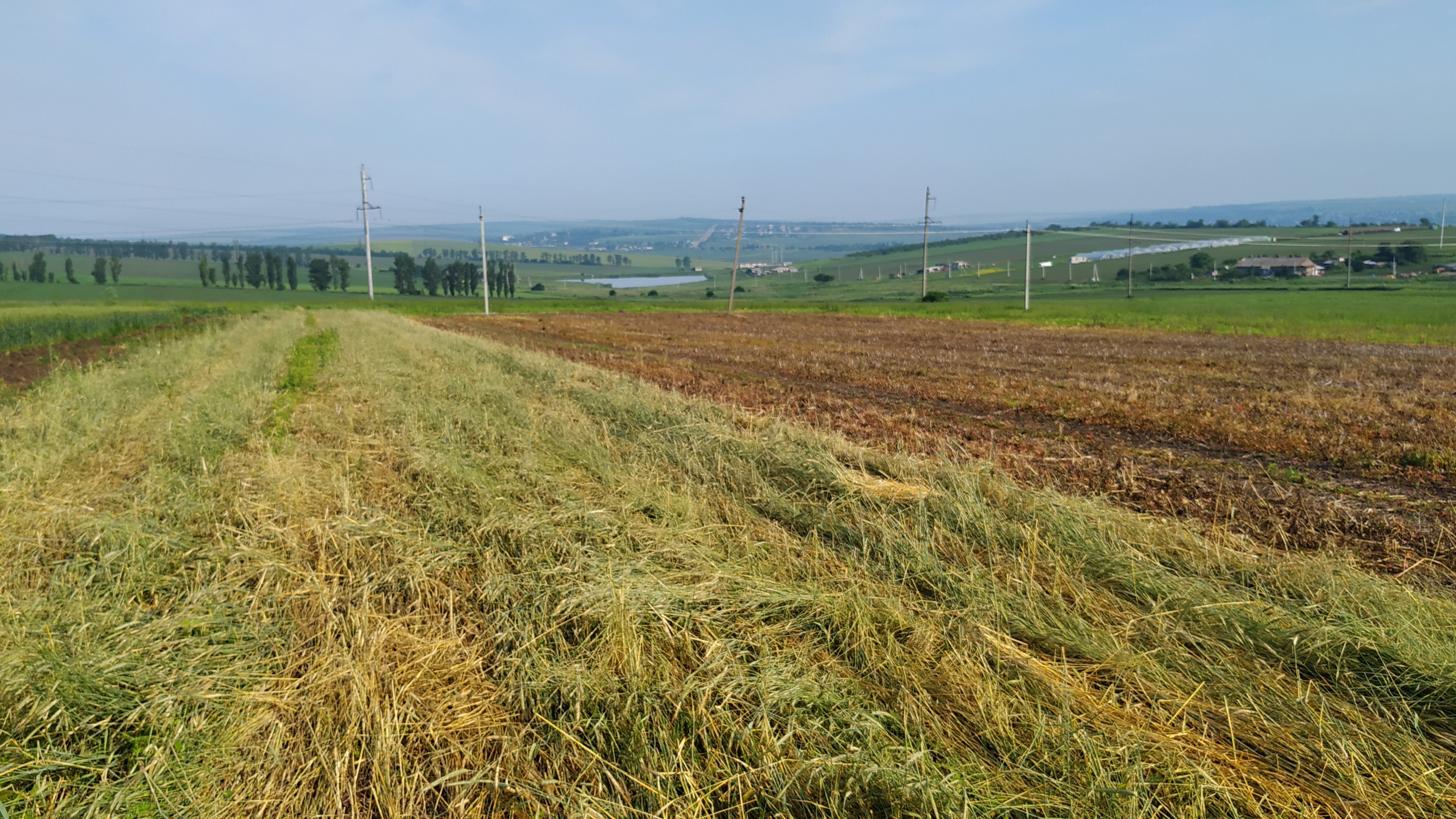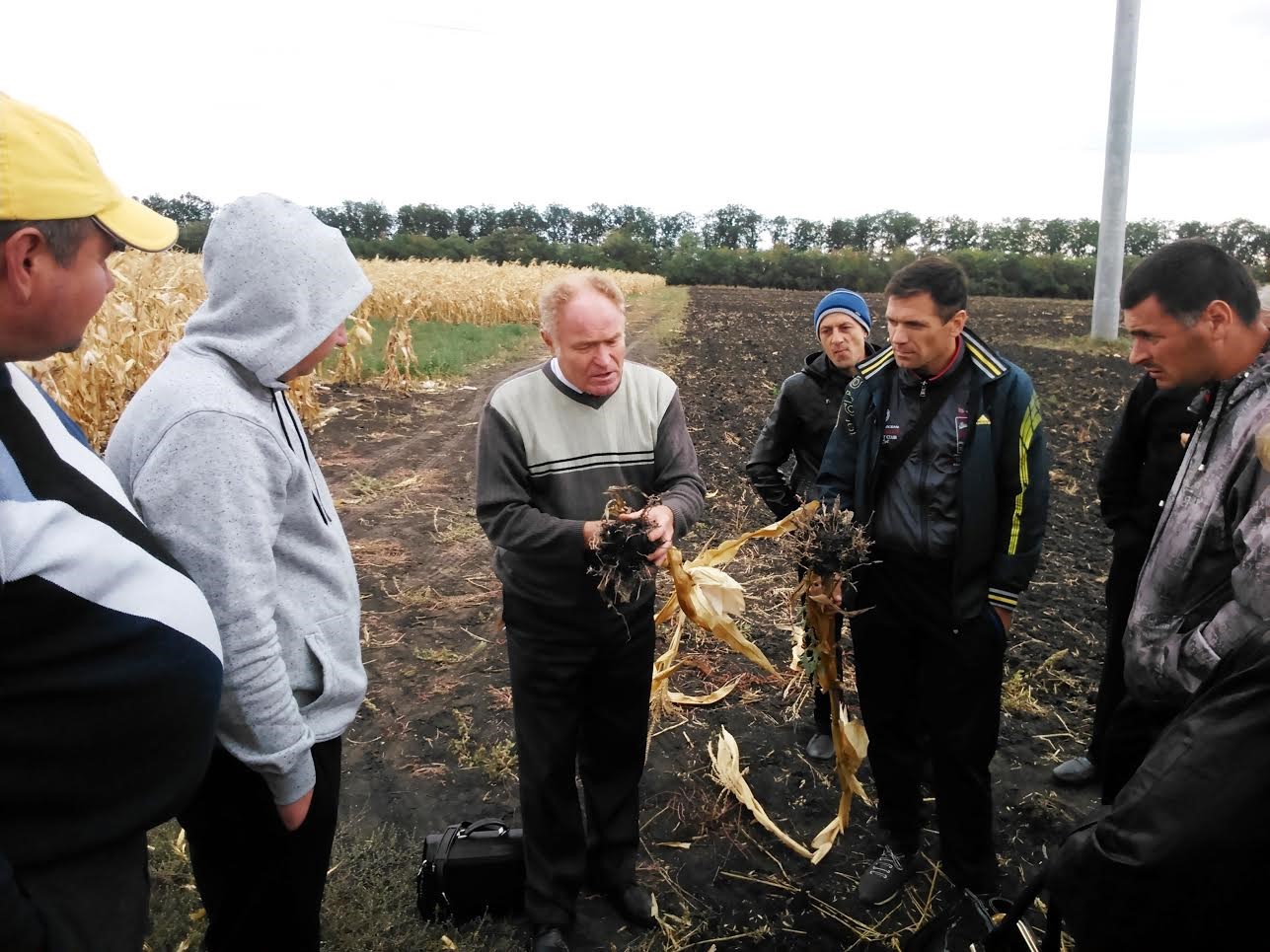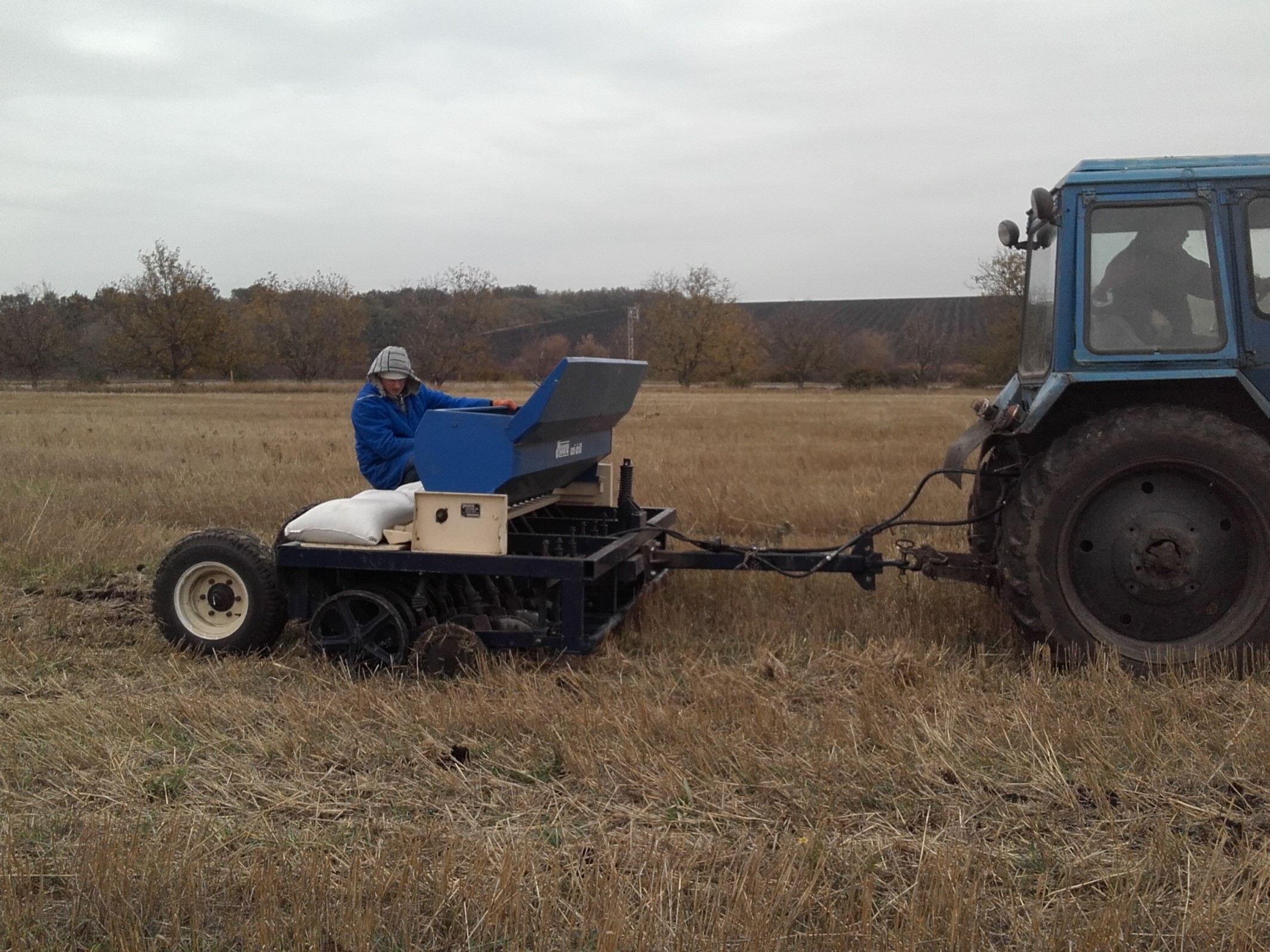
Drought and soil erosion are among the biggest threats affecting Moldovan agricultural sector in recent years. Adopting alternative agricultural practices can be a way to make farming in the country sustainable.
Dr Boris Boincean, head of Sustainable Farming System Department at Selectia Research Institute of Field Crops (Balti, Moldova), says conservation agriculture (CA) methods have proved to improve the soil health and increase the crops’ resilience to climate changes, resulting in better yields and higher incomes. At the same time, reduced production expenses can make farmers more competitive and less vulnerable to price fluctuations.
"Simplification of farming systems by neglecting crop rotations in the conditions of dominance of row crops, accompanied by excessive moldboard plough and lack or chronic insufficiency of farmyard manure for restoration of soil fertility, have led to excessive soil compaction. Heavy agricultural machines and tractors used in early spring, when soils are not yet physically repined, add to this negative effect," he says.

Comparison of corn roots' health, cultivated using crop rotation and as permanent crop.
Unprotected surface of compacted soils is very sensitive to the influence of raindrops, especially during torrential rains, which are typical for Moldova. The lower is the water’s ability to penetrate the soil and consequently to be accumulated by the soil, the higher is the vulnerability of soils and crops to droughts.
Conservation agriculture opens an excellent opportunity to prevent both soil erosion and droughts, Dr Boincean stresses. It allows to increase crop residues both inside the soil and on the surface, while reducing the dependence of agriculture from chemicals for weed, pest and disease control. The latter is important in the light of prohibition of glyphosate, due to its negative influence on the environment and people’s health, starting from 2022 in the European Union.
The Selectia Research Institute of Field Crops has launched a conservation agriculture experiment on Typical Chernozem of the Balti Steppe. In the fall of 2018, winter rye was sown after soybean and corn for grain. In late May 2019, during the flowering stage, corn was sown by a no-till drill directly in the winter rye using a usual roller. Such practice was described by Jeff Moyer from the Rodale Institute in Pennsylvania, USA in 2011.

Direct sowing of winter wheat using no-till seeder in 2016.
The mulch of winter rye on soil surface is expected to protect soil against erosion; reduce the evaporation and consequently increase water-use efficiency by corn for grain; as well as suppress weeds thus eliminating the need for herbicides. According to Dr Boris Boincean, this practice can be used both by conventional and organic farmers.
Observation during the vegetation period and harvesting of corn for grain will provide a better understanding of the practicality of the applied technological measure. The institute scientists plan to test other alternative practices for different crops in the future. The complexity of conservation agriculture requires a system approach to research in long-term field experiments, they say.